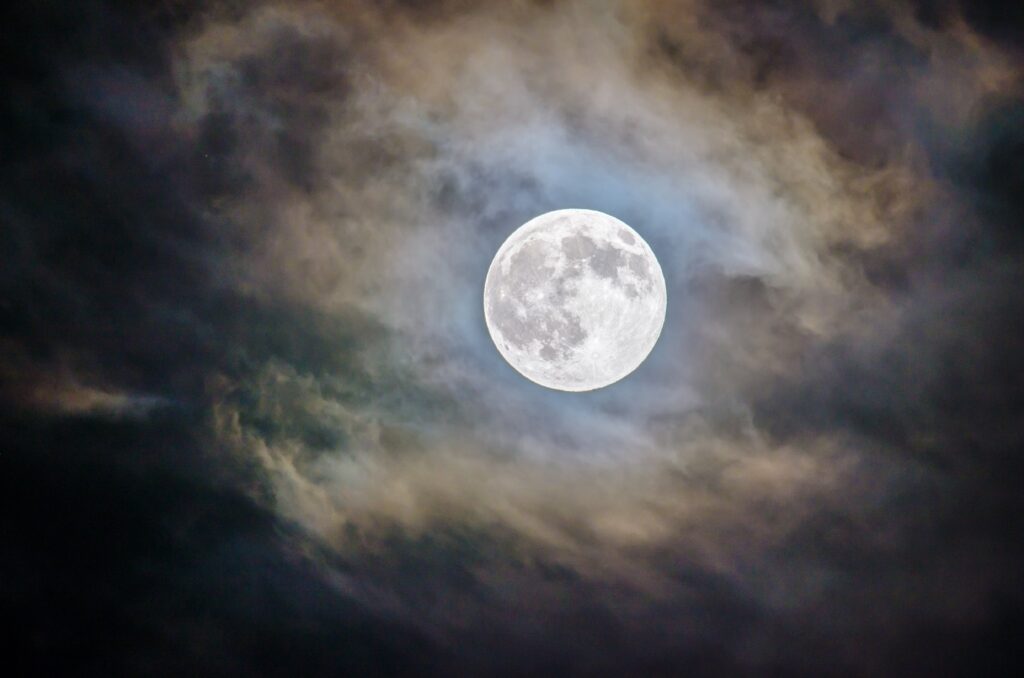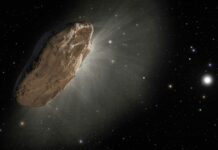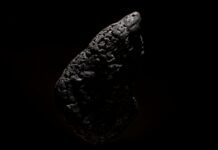The moon, our nearest celestial neighbor, has been a source of fascination and wonder for centuries. From ancient times, when it was worshipped as a deity, to the present day, when it is studied by scientists, the moon has undergone numerous changes and played a significant role in shaping the history of humanity. In this article, we’ll take a look at the moon’s evolution over the years, the current state of knowledge about it, and what we can expect in the future.
In the past, the moon was believed to be a source of light and wisdom, and it was used to keep track of time and mark the passage of seasons. Ancient civilizations such as the Babylonians, Chinese, and Mayans all had complex systems for measuring time based on the moon’s phases. Over the centuries, our understanding of the moon has changed dramatically. With the advent of modern telescopes, we have been able to learn much more about the moon’s composition, geography, and geology. We now know that the moon is a rocky, airless world that is covered in craters, valleys, and mountains. It is also home to many important resources, including helium-3, a rare isotope that could be used as fuel for nuclear fusion reactors.
In recent years, the moon has once again become a focus of scientific and public attention. This is due in part to a renewed interest in space exploration and the increasing awareness of the moon’s potential as a resource for humanity. In recent decades, numerous missions have been sent to the moon to study its surface, learn more about its geology, and search for signs of water. These missions have confirmed the presence of water ice in some of the moon’s craters, which could be a valuable resource for future missions.
The future of the moon is likely to be shaped by technological advances and the increasing demand for space-based resources. In the coming years, it is expected that the moon will be a hub of activity, with new missions being sent to study its surface and extract its resources. Some experts even predict that the moon will become an important center for commerce, with companies competing to establish mining and research operations there.
In conclusion, the moon has undergone many changes over the years and continues to play a significant role in shaping our understanding of the universe and our place in it. With the advent of new technology and a renewed interest in space exploration, the future of the moon looks bright, and we can expect to learn much more about this fascinating world in the years to come.

Views: 57






